calabria grecanica
For about 50 kilometers of land in the province of Reggio Calabria, from the heights of the southern slope of the Aspromonte National Park to the Ionian Sea, stretches the Grecanica area of Calabria. An area with a very rich and varied nature, naturalistically characterized by the fiumara dell'Amendolea and the mountainous landscape of Aspromonte, and linguistically and traditionally characterized by its connection with Greek culture.
The area, also called Bovesìa, is still Hellenophonic and maintains the most evident traces of this culture especially in the small towns of Roghudi (ghost town, abandoned since the 1970s), Ghorio, Gallicianò, Condofuri, Roccaforte del Drago, and Bova, which gives its name to the territory.
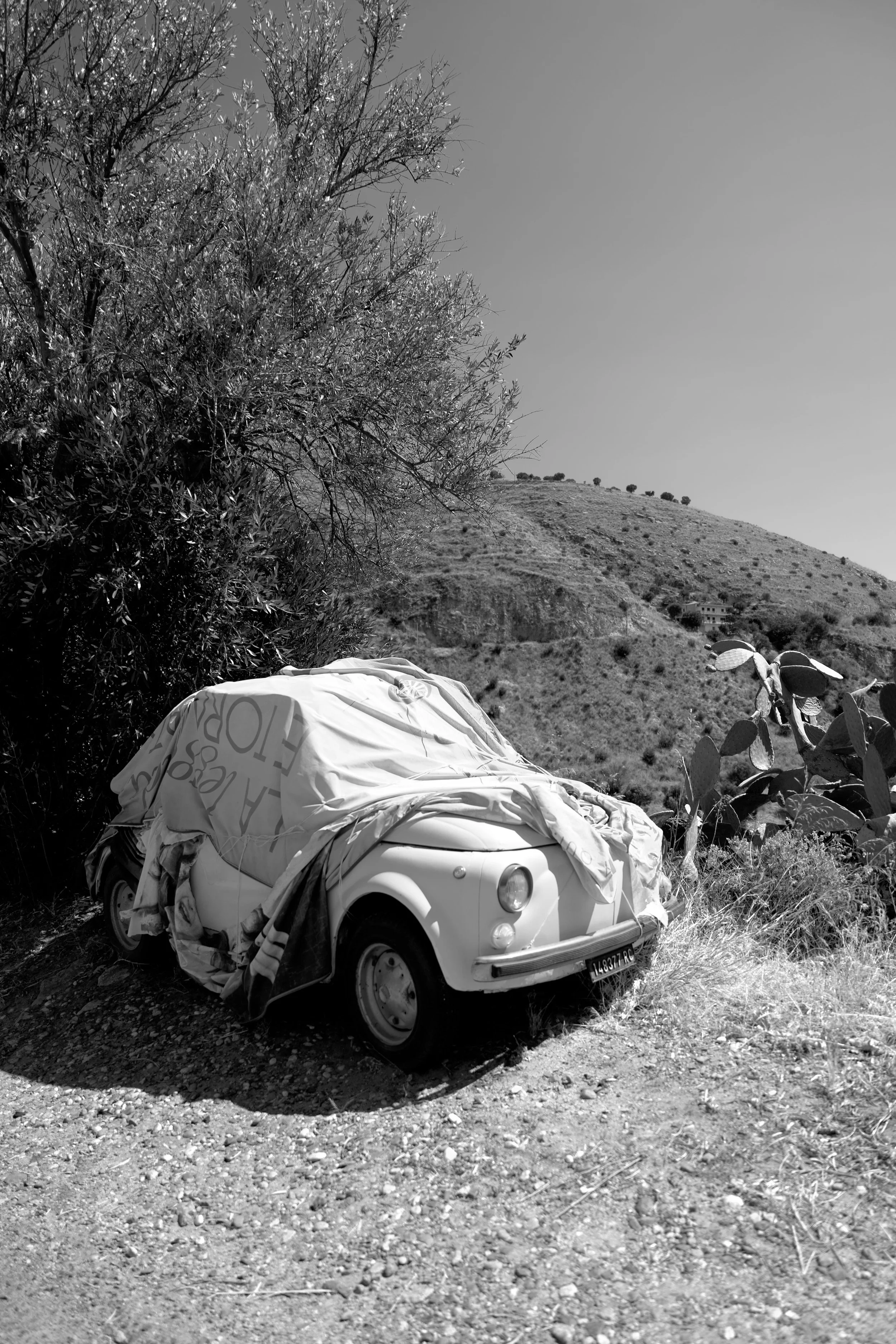
Abandoned car near Palizzi (RC)

Abandoned house in Pentedattilo (RC)
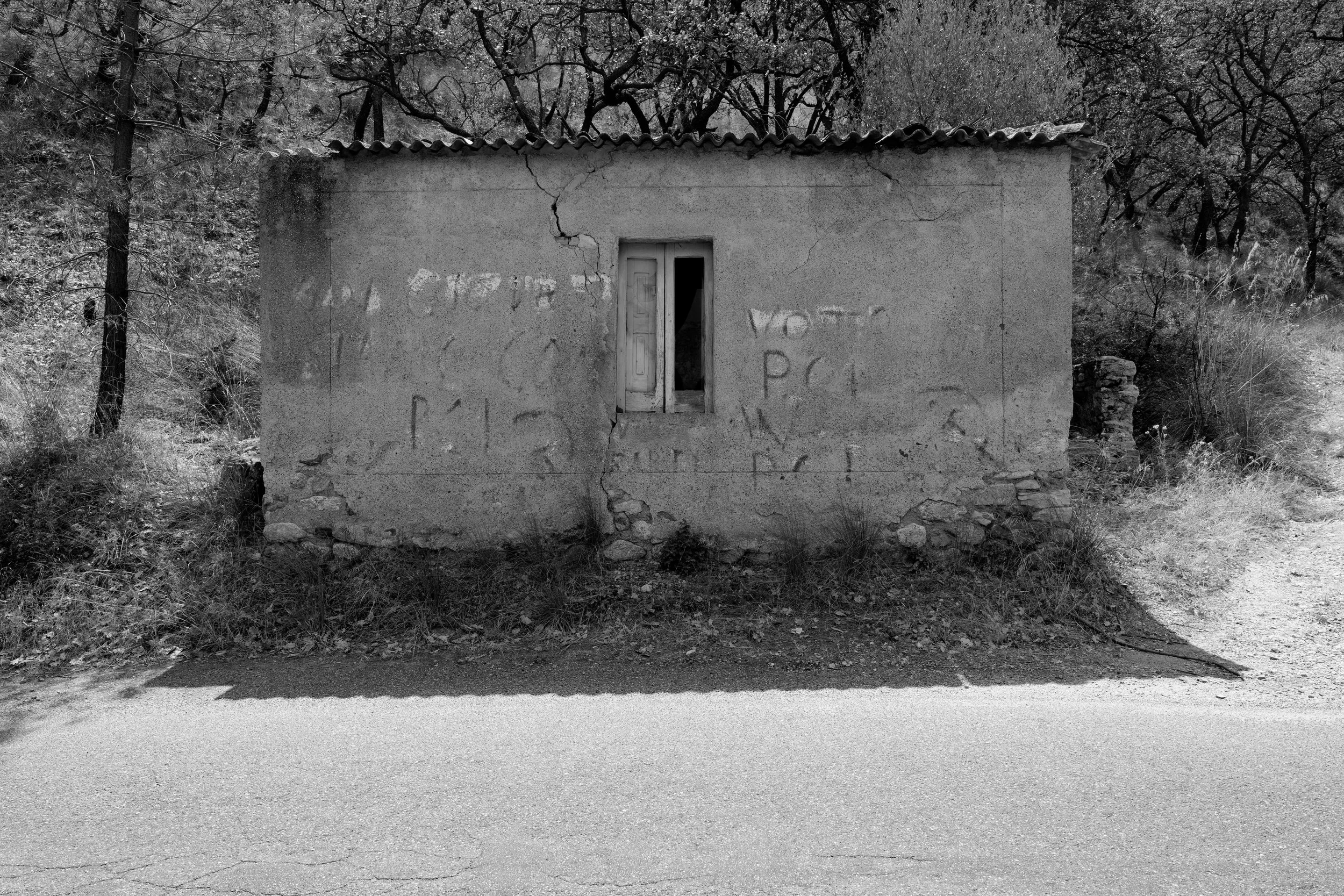
Inscription on the wall of a building on the road to Gallicianò
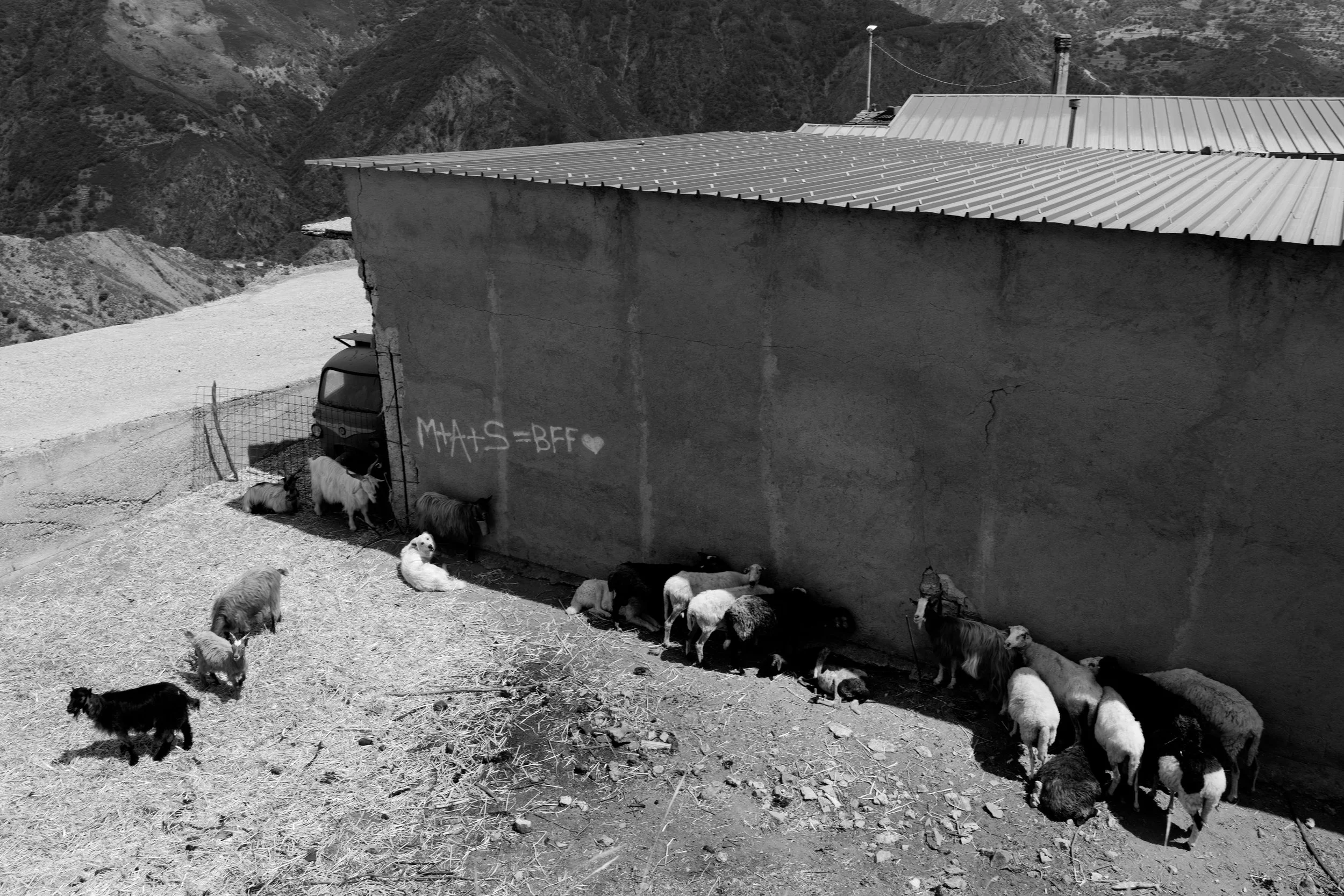
Cattle breeding in Gallicianò
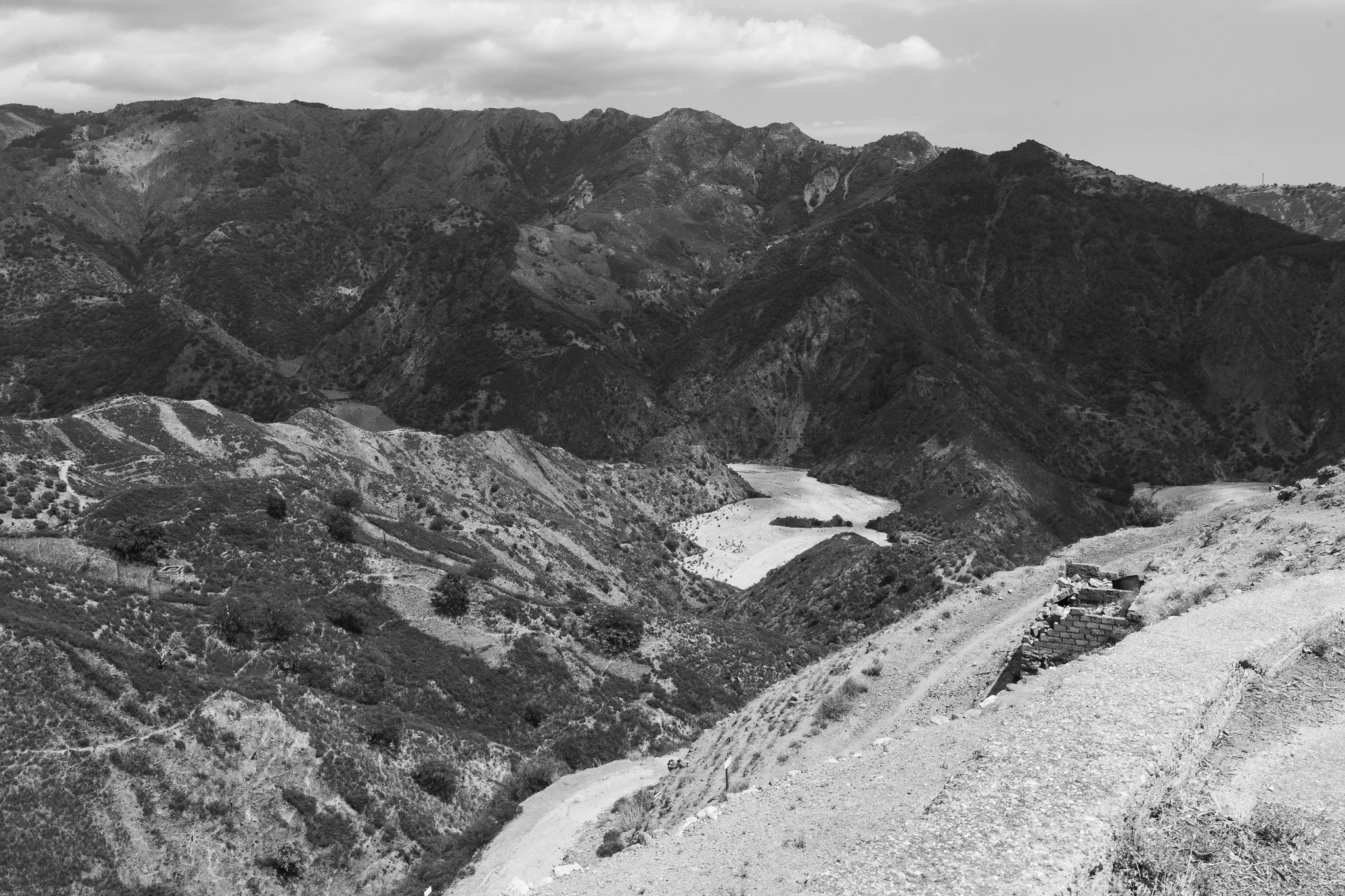
Amendolea river
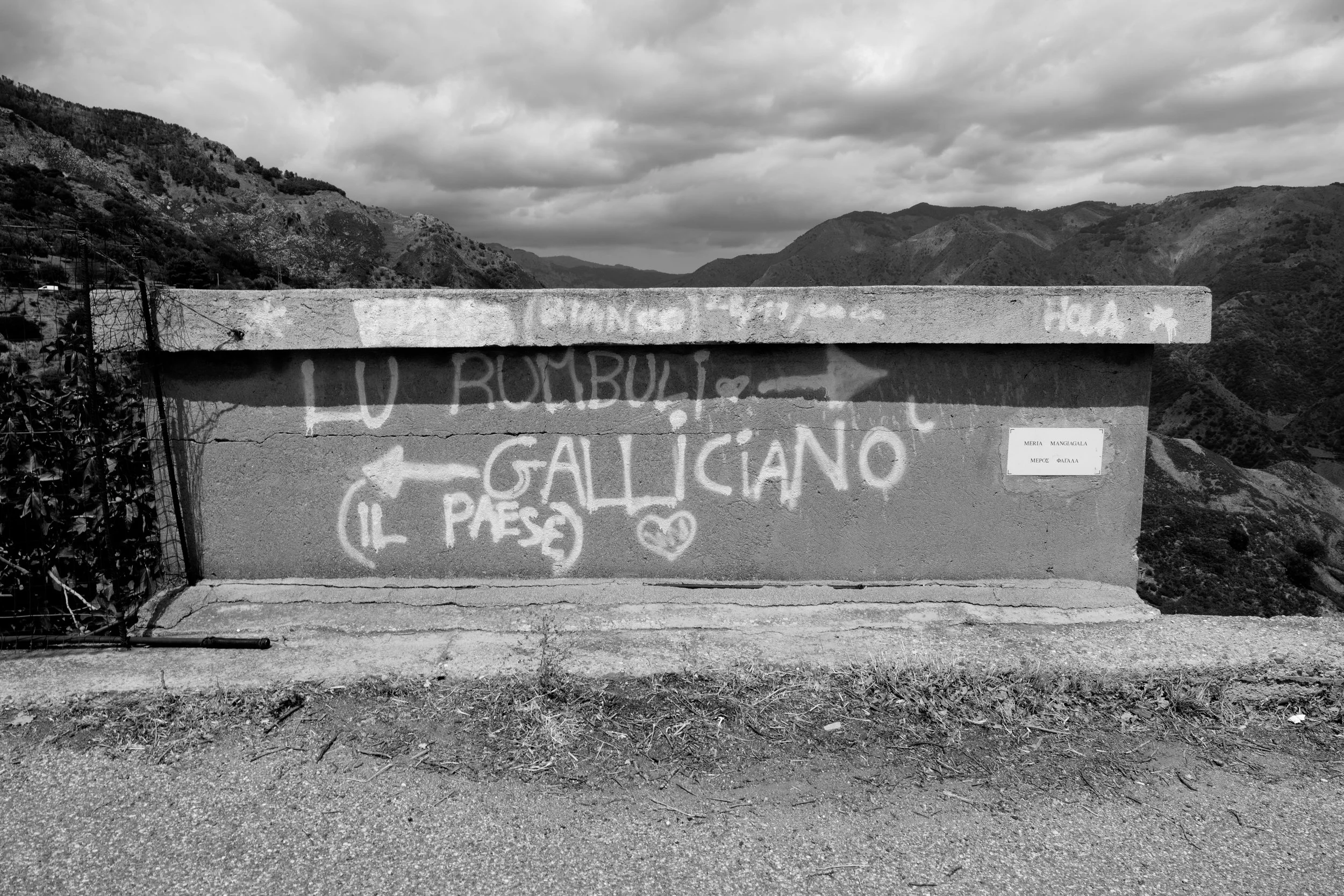
Inscription in Calabrian dialect, directions to village entrance

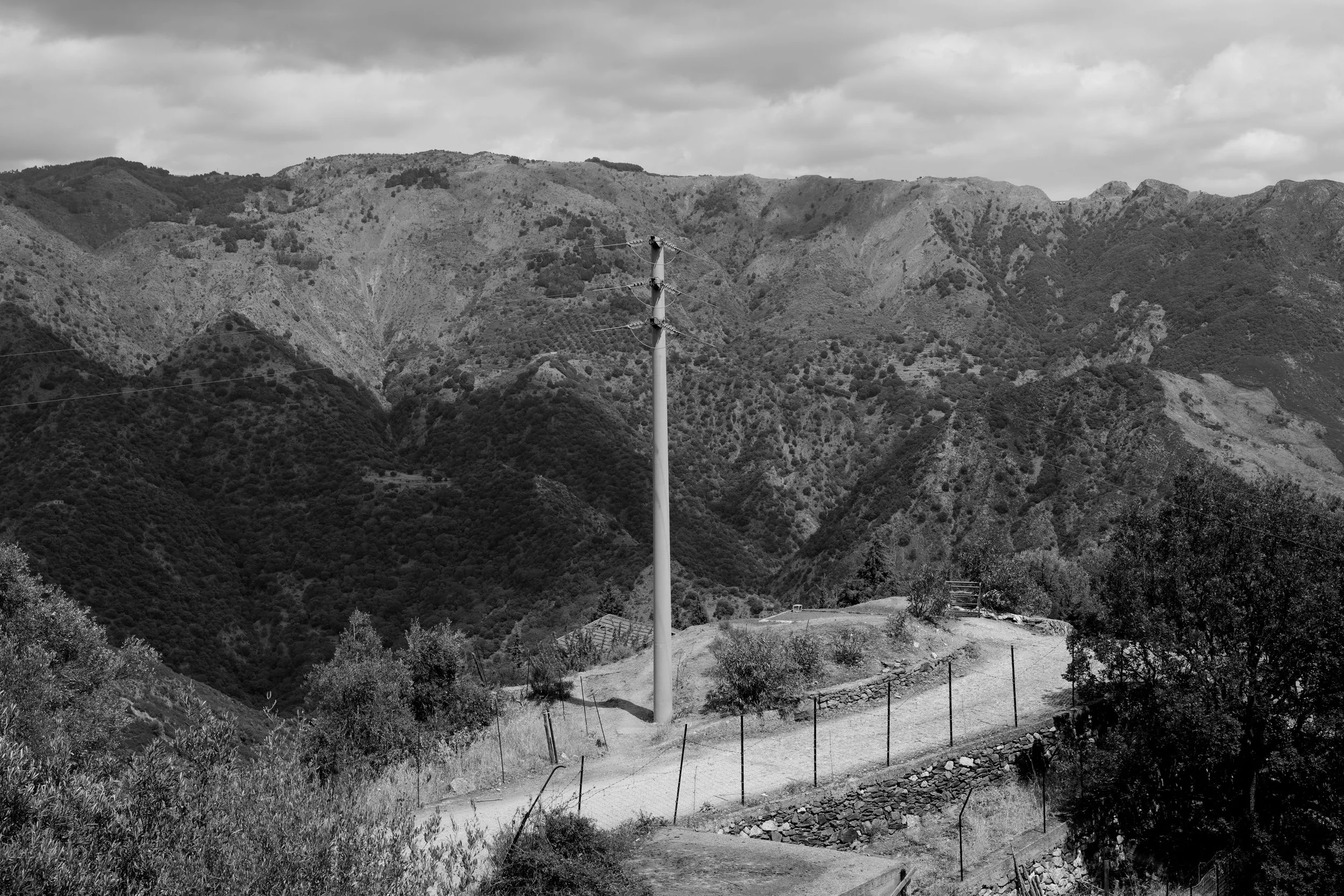
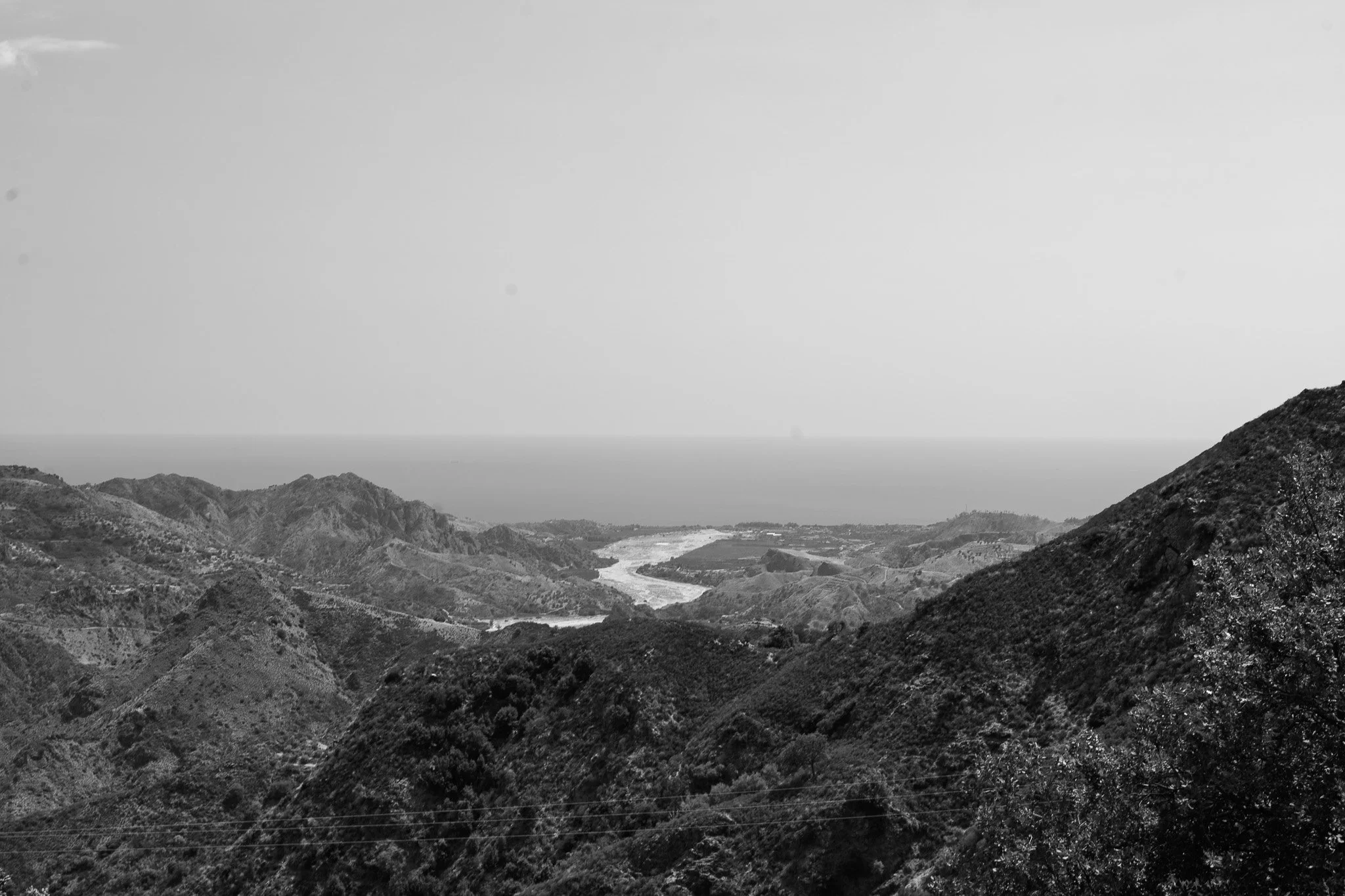
Amendolea river in dry, looking toward the Ionian Sea
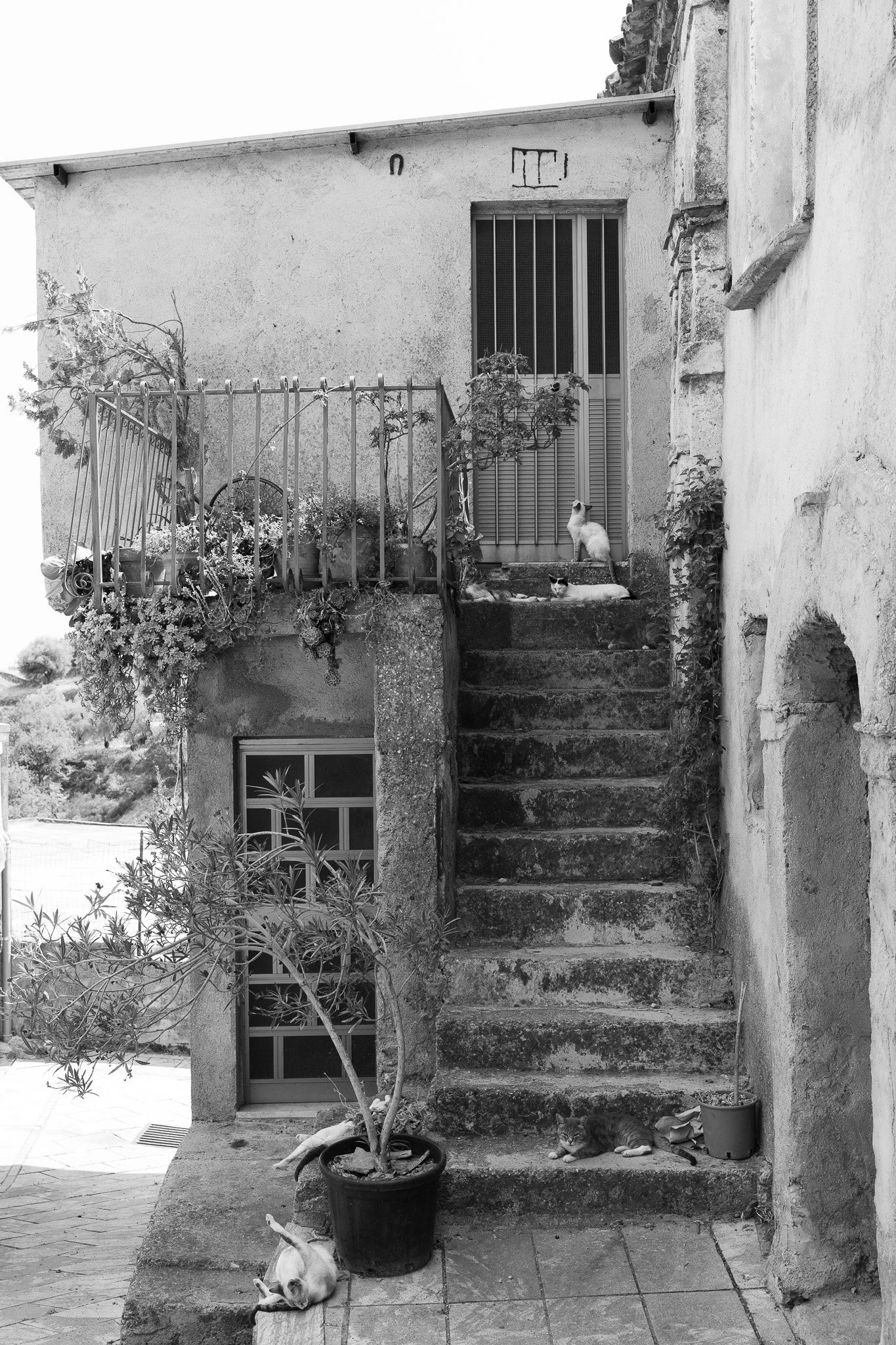
Gallicianò (RC)
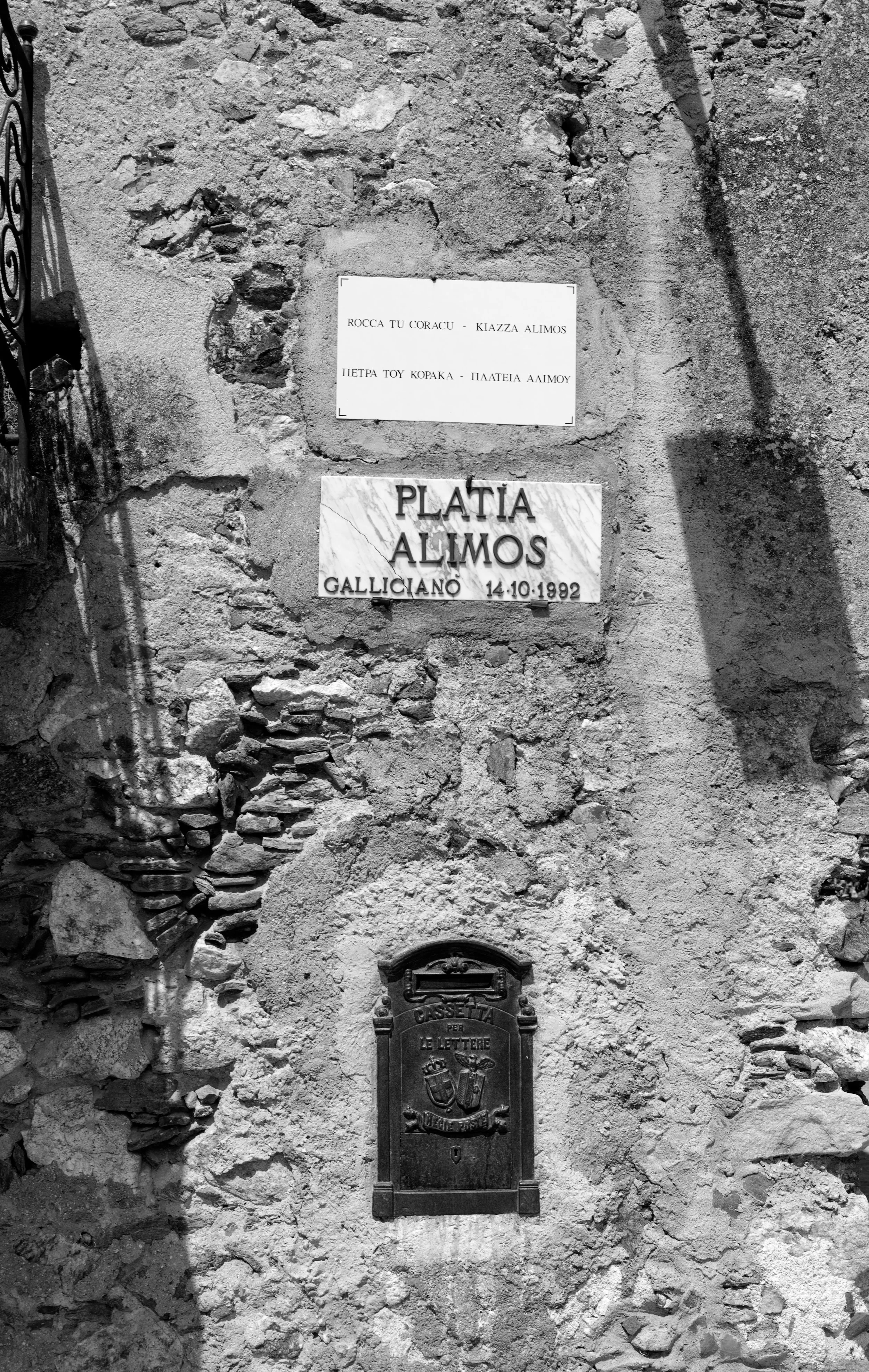
Main square of Gallicianò
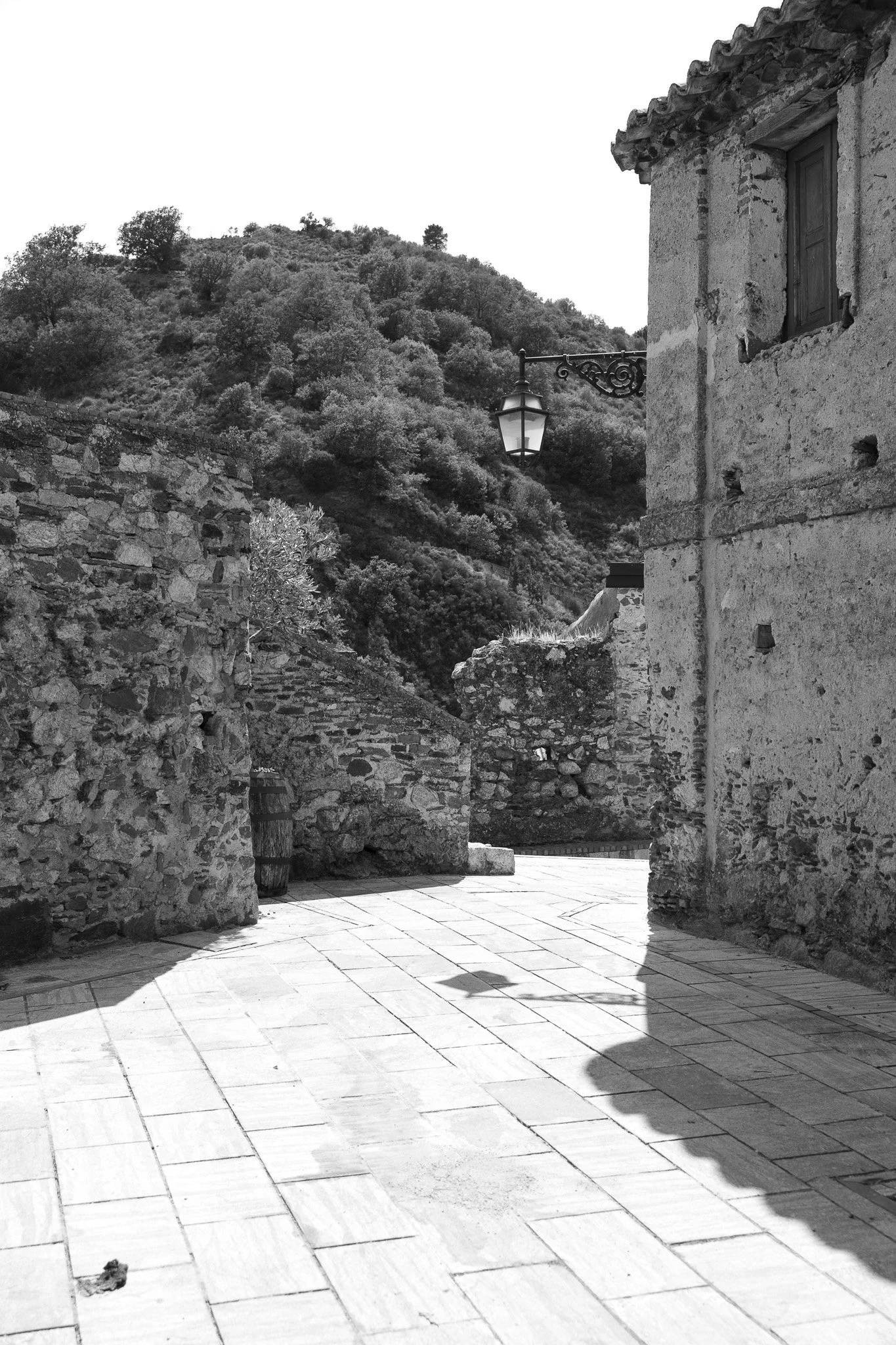
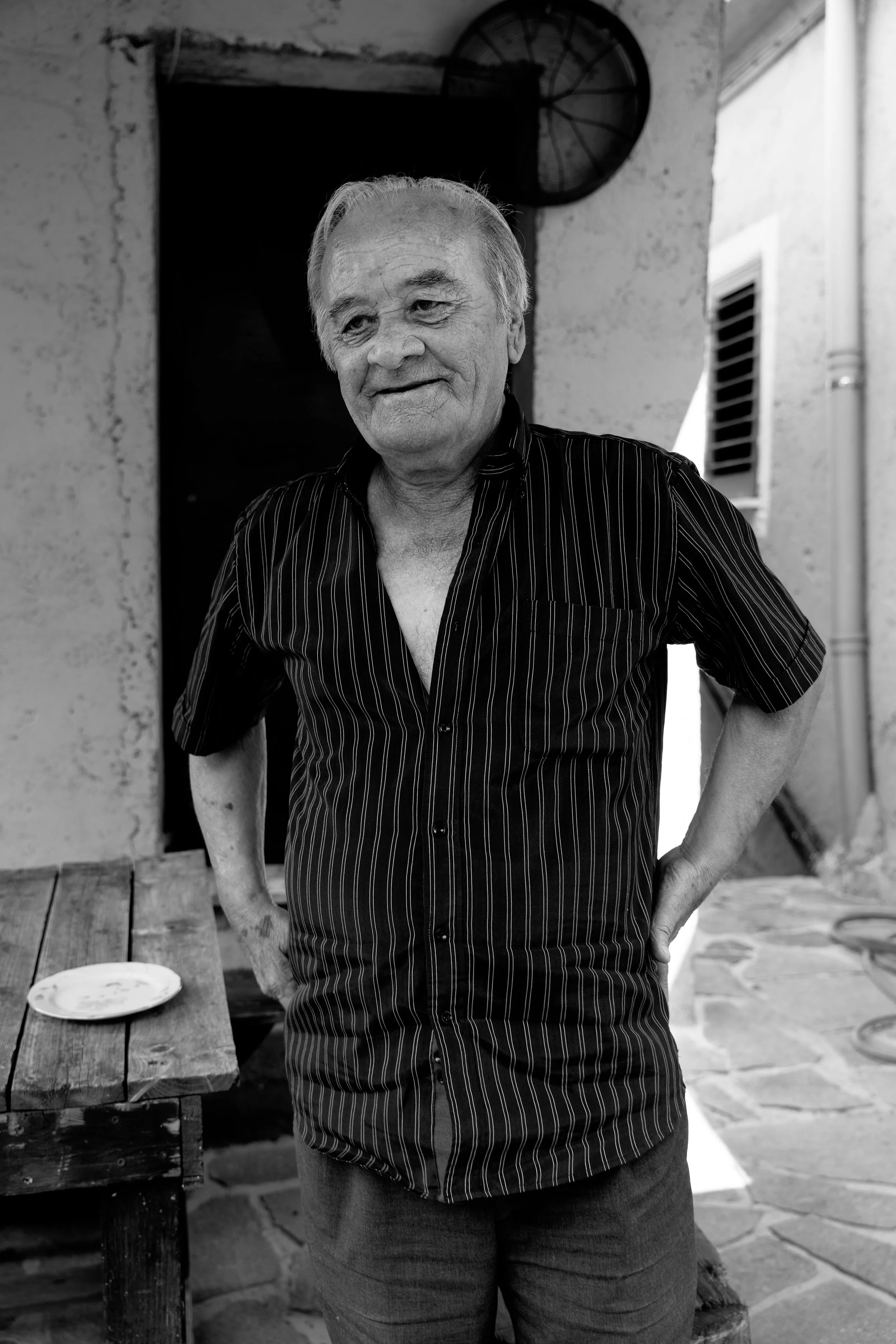
Paolo, together with his wife, runs the only trattoria in Gallicianò. He still speaks the Greek of Calabria, which he learned as a child.
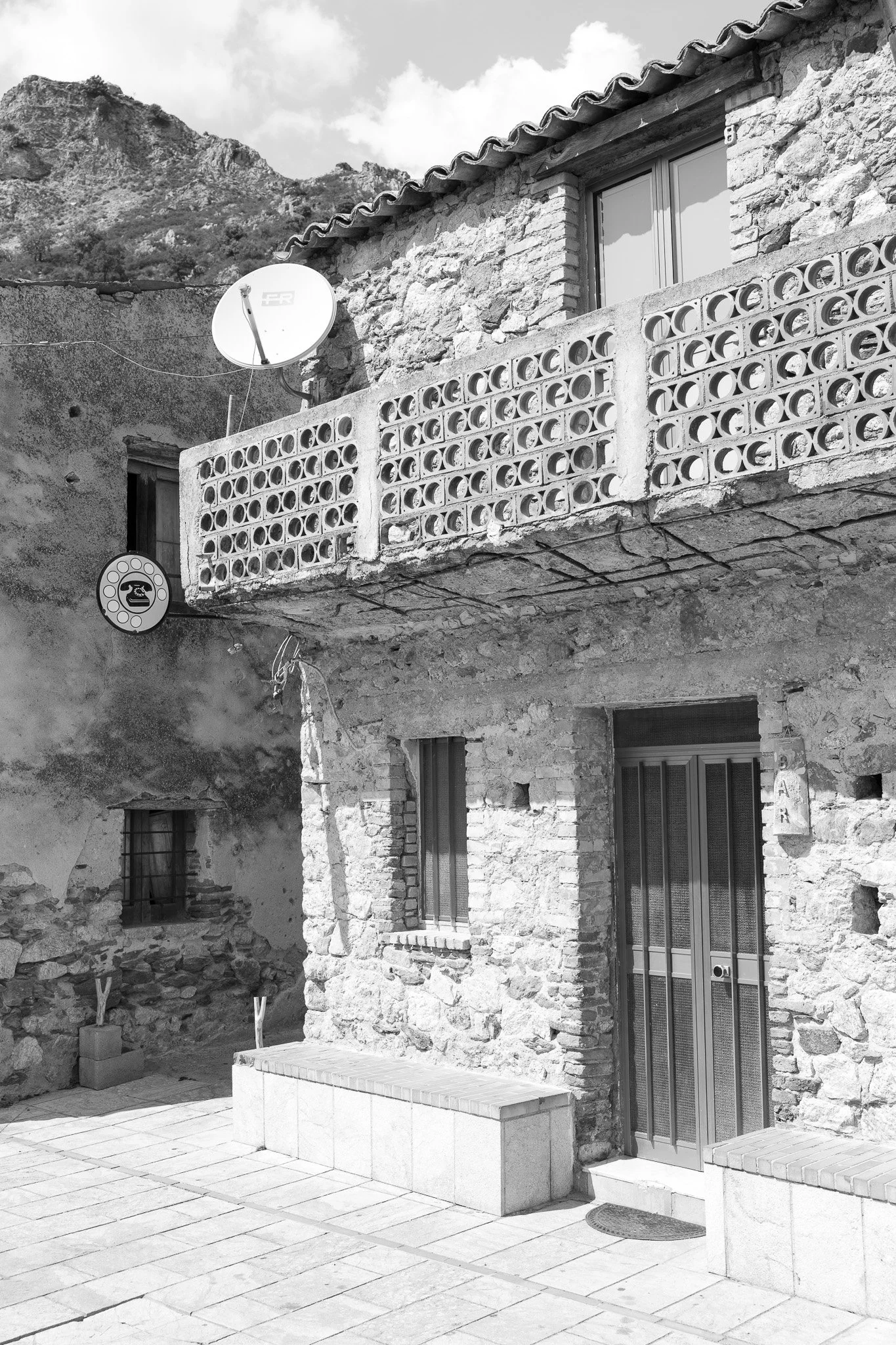
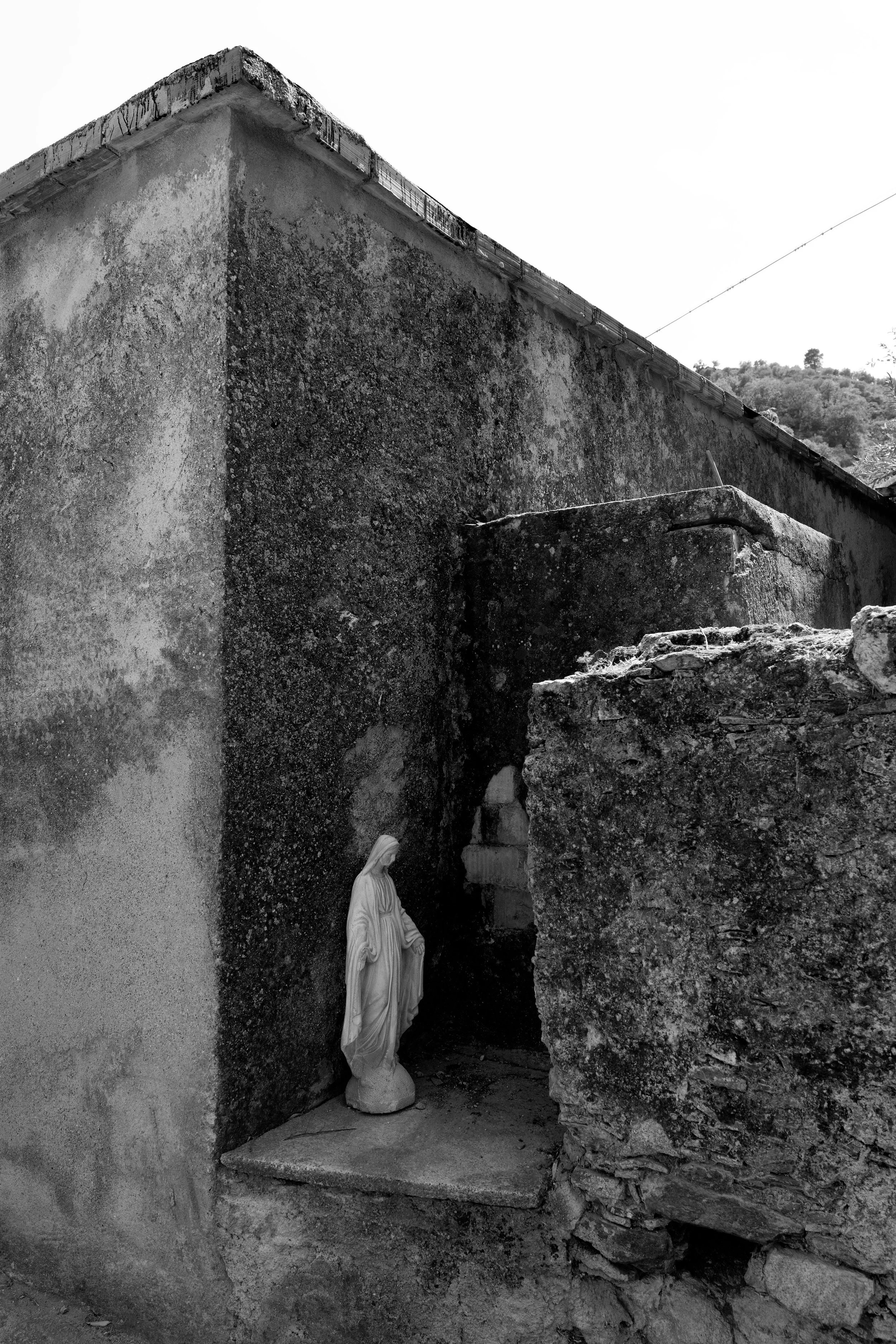
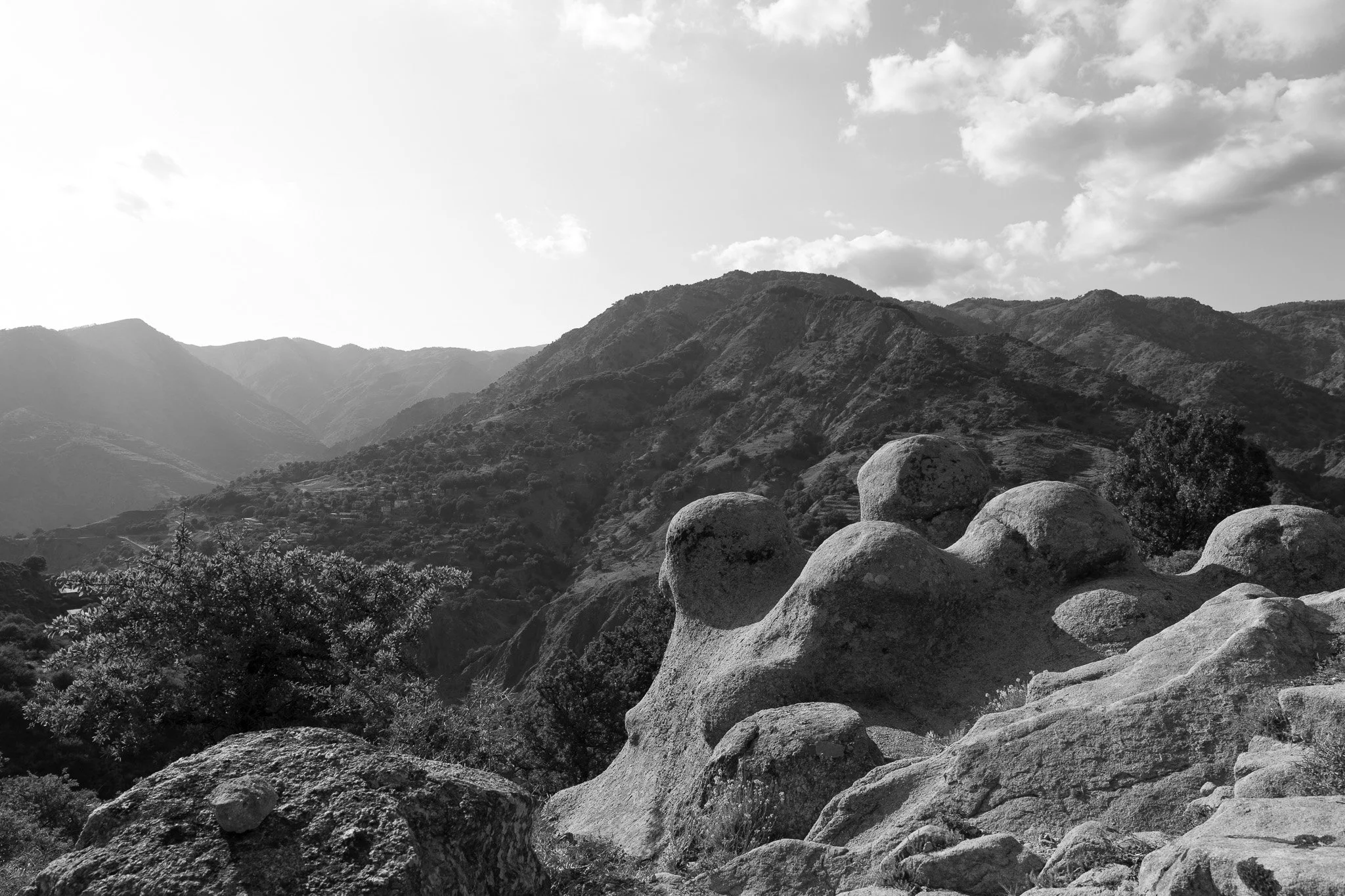
Caldaie del Latte (Milk cauldrons), a geo-site with strikingly shaped sandstone formations that have inspired several legends about the presence of a monstrous being in the area
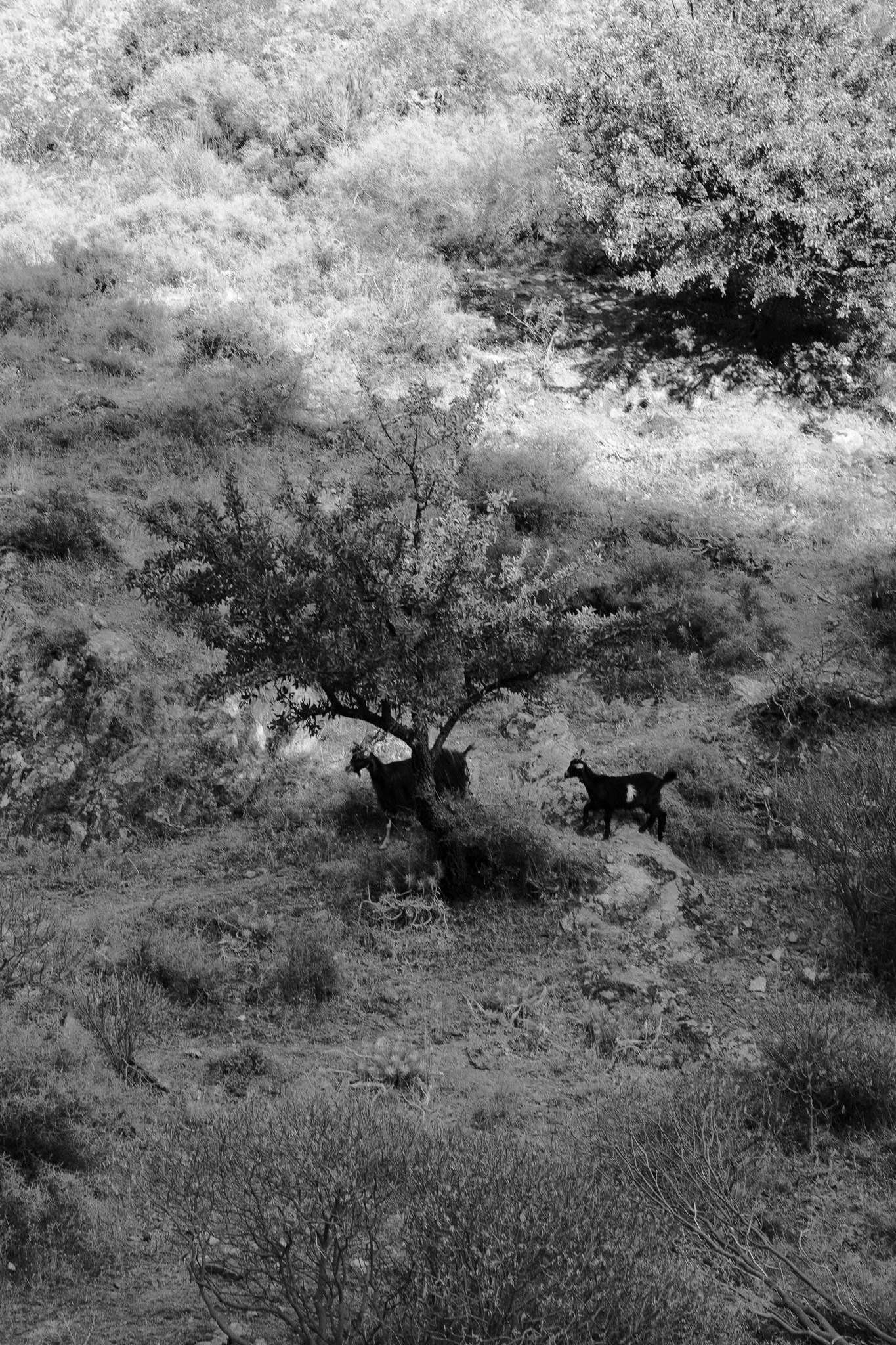
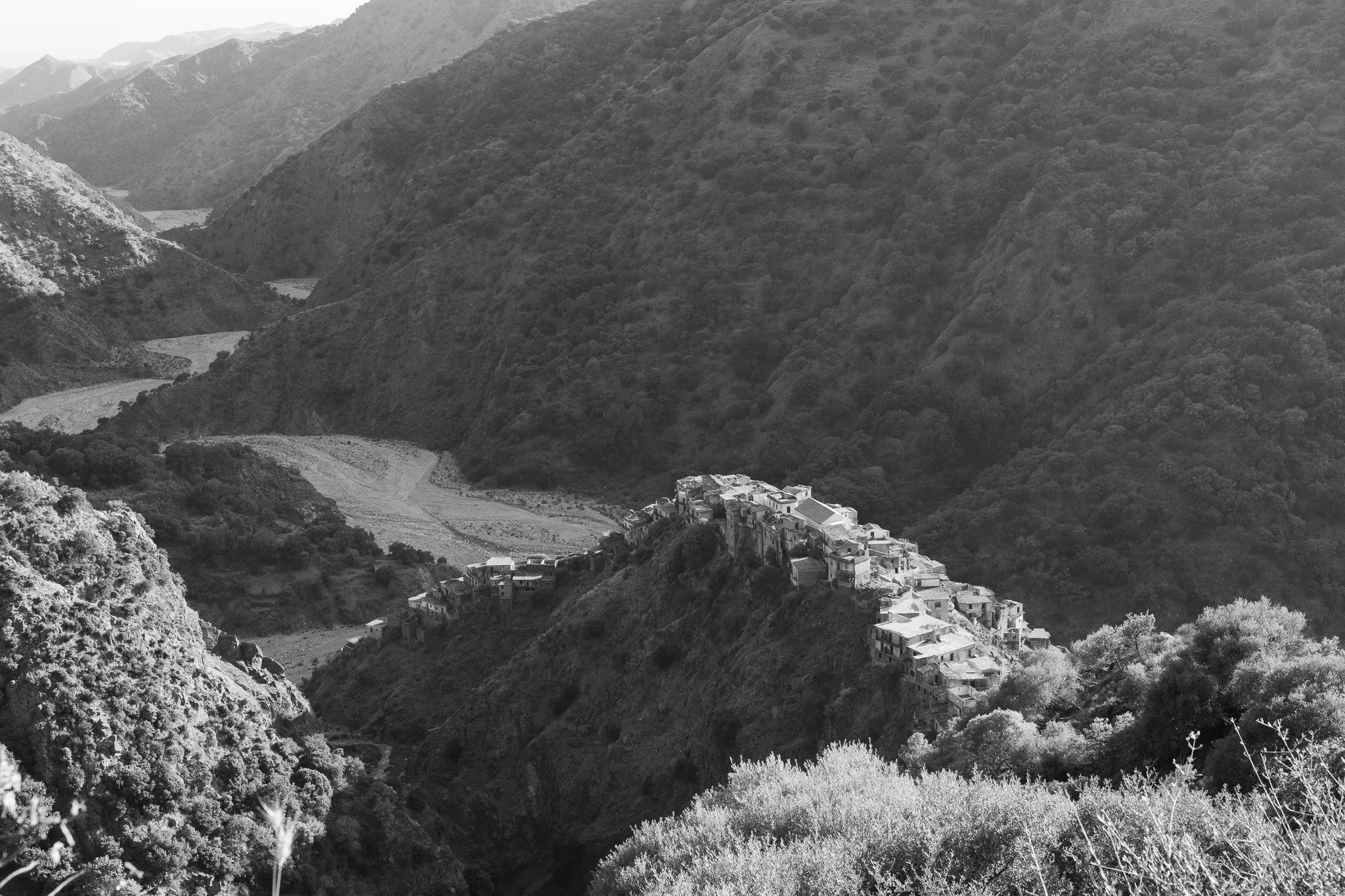
The ghost town of Roghudi stands on a ridge that bisects the passage of the Amendolea River. The village was abandoned in the early 1970s, due to copious and violent floods that damaged it and led the local government of the time to decide to evacuate the entire population. The inhabitants of Roghudi then settled in the territory of the municipality of Melito Porto Salvo, about 40 kilometers away by the sea.